Latest Update: Nov 14, 2025, 9:23:14 PM

Greenhouse equipment is the beating heart of every greenhouse. These tools allow for precise control of environmental conditions such as temperature, humidity, light, and nutrition, thereby optimizing plant growth. Given the diversity of crops and the scale of greenhouses, there are various types of greenhouse equipment, each with a specific function. This article examines the different types of greenhouse equipment and their role in improving greenhouse performance.
Types of Greenhouse Equipment
1. Heating System:
One of the most important pieces of greenhouse equipment is the heating system. This system is essential, especially in cold regions, for maintaining the optimal temperature for plants. Common heating systems include gas heaters, electric heaters, hydronic heating systems, and geothermal heating systems.
2. Cooling System:
In hot and dry regions, temperature control is of particular importance. Cooling systems, such as evaporative (swamp) coolers and air conditioners, are used to reduce the greenhouse temperature during warm seasons. Additionally, misting systems can increase ambient humidity and lower the air temperature.
3. Ventilation System:
Proper ventilation is one of the key factors for healthy plant growth. Ventilation systems introduce fresh air into the greenhouse and expel hot, humid air. Ventilation fans, vents, and air ducts are among the main components of the ventilation system.
4. Irrigation System:
The irrigation system supplies the necessary water to the plants in a precise and controlled manner. Drip irrigation, sprinkler irrigation, and subsurface irrigation are among the most common irrigation methods in greenhouses.
5. Lighting System:
During cold seasons or in low-light environments, a lighting system is essential to provide the necessary light for plants. Fluorescent lamps, sodium lamps, and LED lamps are among the light sources used in greenhouses.
6. Greenhouse Covering:
The greenhouse covering plays a significant role in creating a controlled environment inside the greenhouse. Polycarbonate, glass, plastic, and polyethylene are among the common materials for greenhouse covering.
7. Environmental Control Equipment:
Environmental control equipment allows you to precisely monitor and regulate temperature, humidity, light, and other environmental parameters. Thermostats, hygrometers, and pH controllers are examples of this equipment.
The Importance of Greenhouse Equipment
Greenhouse equipment plays a crucial role in increasing the efficiency and quality of agricultural products. By using this equipment, one can achieve:
-
Precise Environmental Control: Creating an environment with optimal conditions for plant growth.
-
Reduced Water and Energy Consumption: Optimizing resource usage.
-
Increased Production: Accelerating plant growth and performance.
-
Reduced Use of Chemical Pesticides: Controlling pests and diseases through natural methods.
-
Off-Season Production: Cultivating products throughout the entire year.
Conclusion
Greenhouse equipment consists of powerful tools that help farmers produce higher quality products at a lower cost. Choosing the right equipment depends on various factors such as plant type, greenhouse size, climate conditions, and budget. By correctly selecting and utilizing greenhouse equipment, success in greenhouse cultivation can be achieved.



 Dutch Greenhouse Complexes: Aalsmeer Hub, Benefits, & Costs Guide
Dutch Greenhouse Complexes: Aalsmeer Hub, Benefits, & Costs Guide
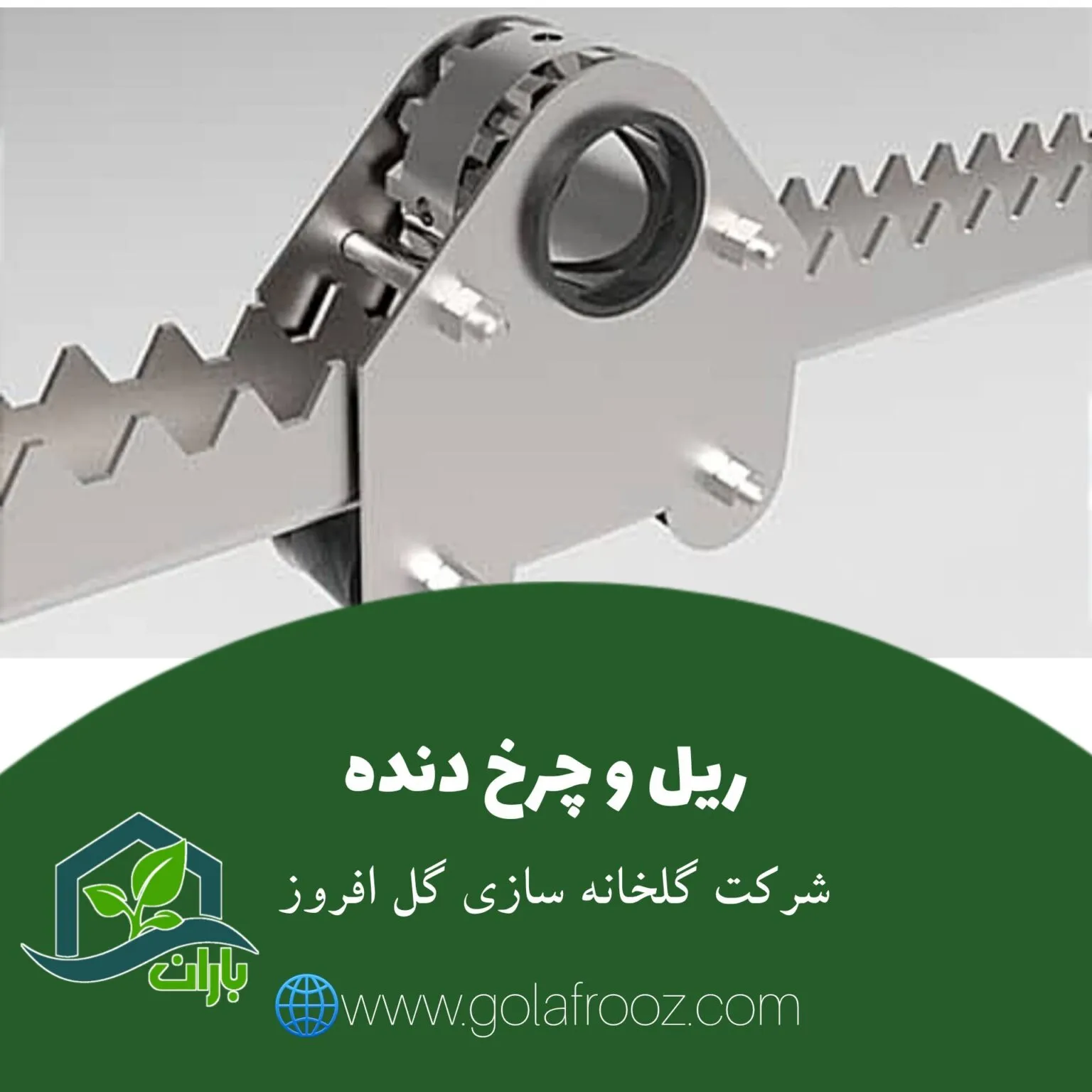 Greenhouse Rail and Gear Systems: Automation, Benefits & Price Guide
Greenhouse Rail and Gear Systems: Automation, Benefits & Price Guide
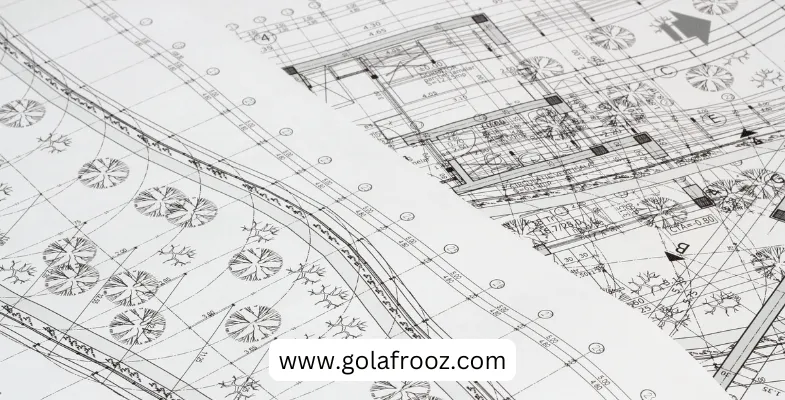 Comprehensive Guide to Greenhouse Plans: Designs, Types & Layouts (Spanish vs. Dutch)
Comprehensive Guide to Greenhouse Plans: Designs, Types & Layouts (Spanish vs. Dutch)
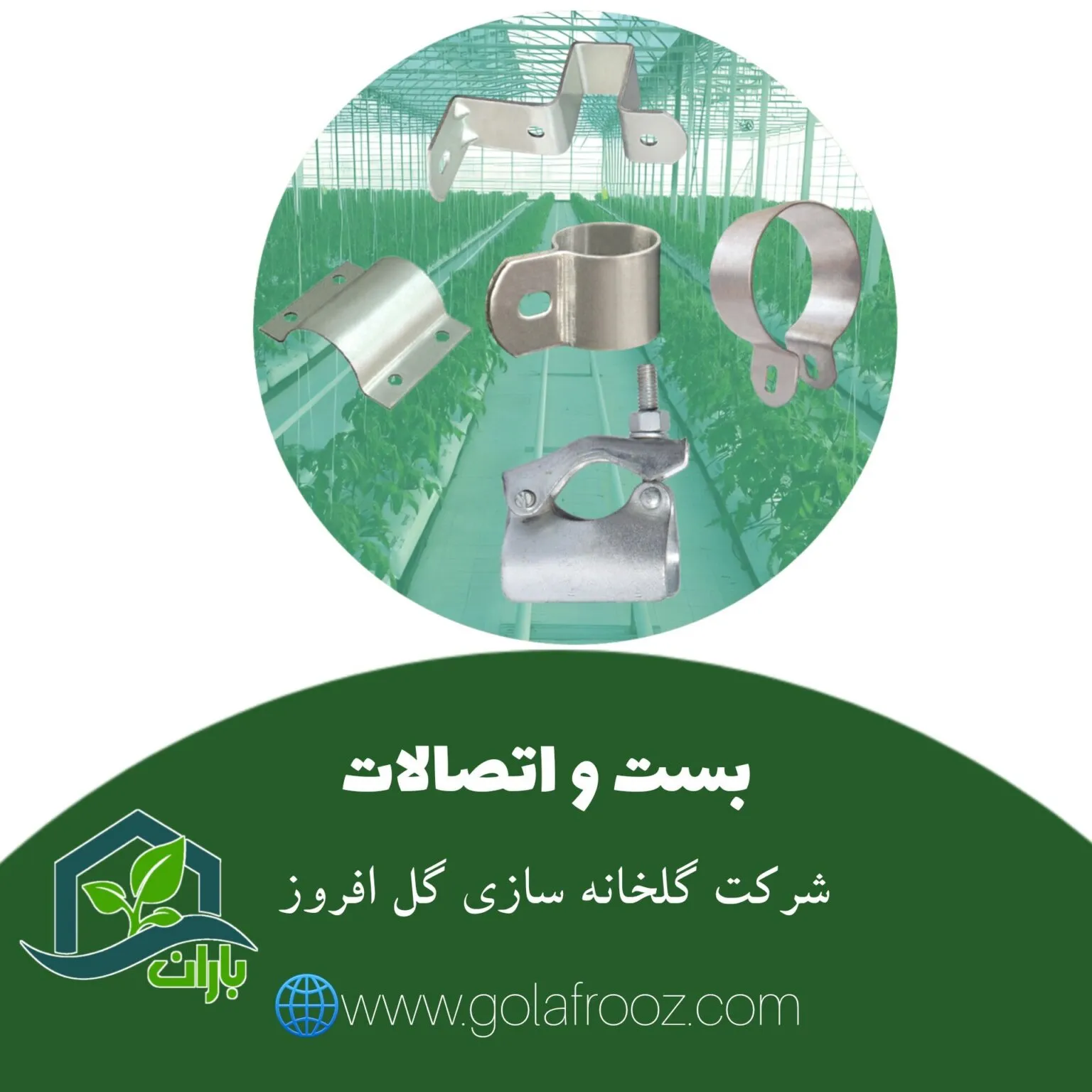 Greenhouse Fittings & Fasteners: Types, Uses & Pricing Guide
Greenhouse Fittings & Fasteners: Types, Uses & Pricing Guide
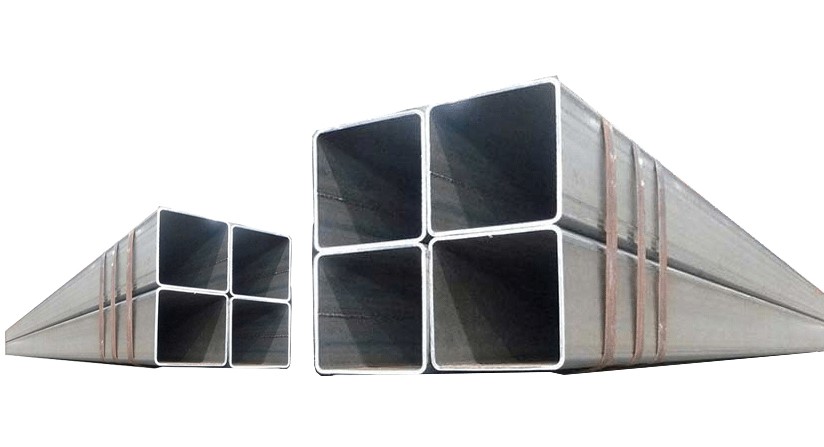 Galvanized can profile 10
Galvanized can profile 10
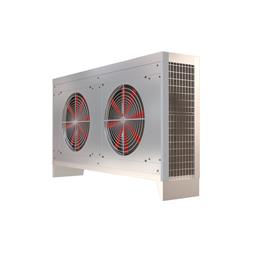 Axial Fan Evaporative Cooler
Axial Fan Evaporative Cooler
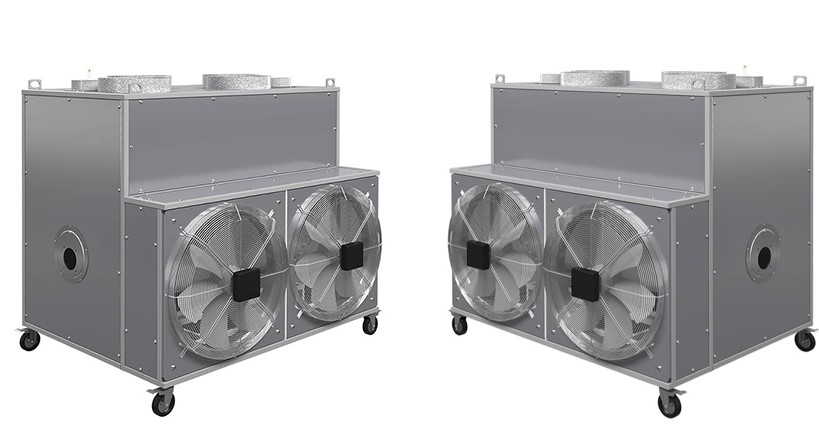 Furnace Heater
Furnace Heater
 Type 4 Circulation Fan
Type 4 Circulation Fan
 Greenhouse Mist Sprayer
Greenhouse Mist Sprayer
